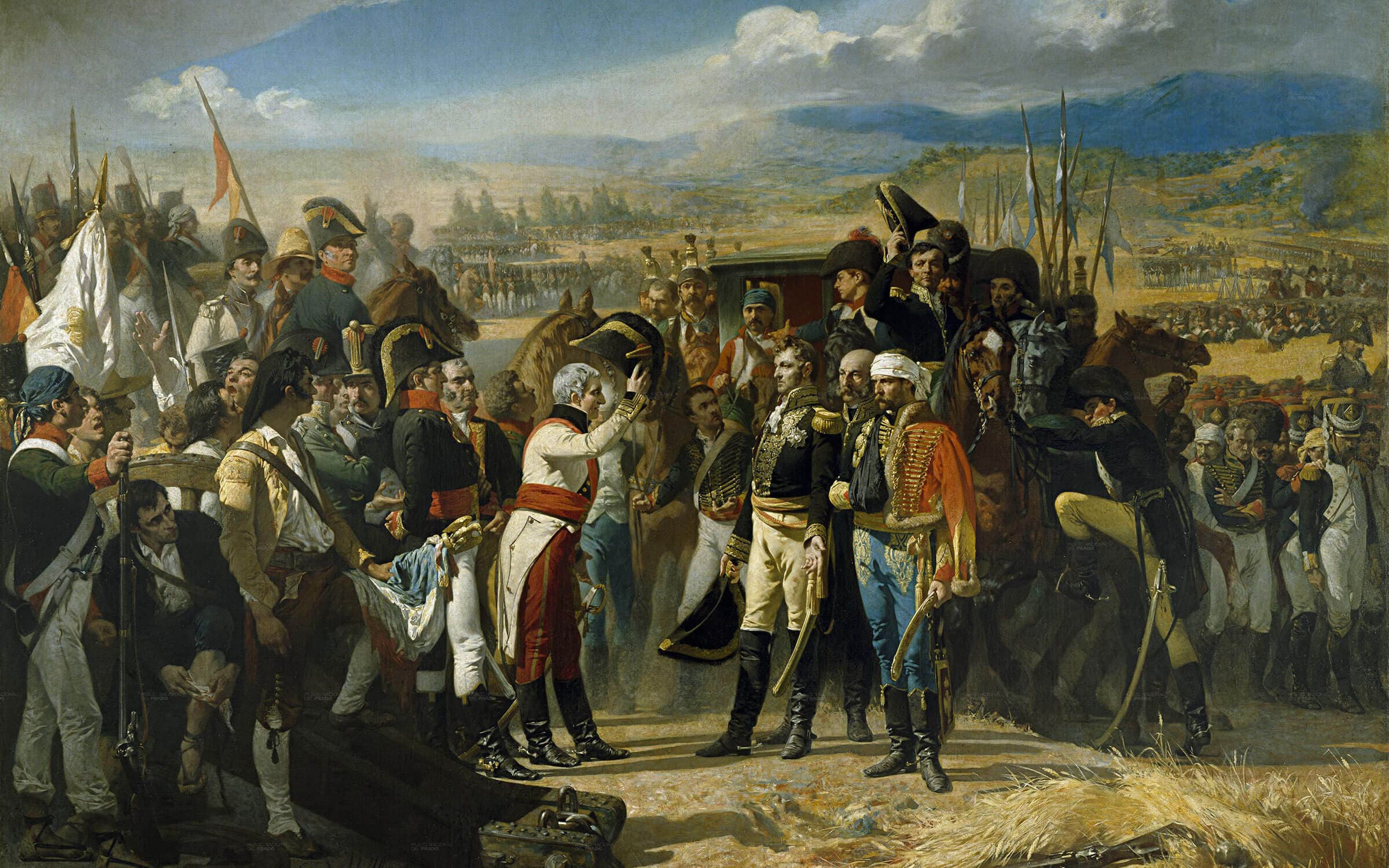Essentials & Advice
Latin America
Published on July 18, 2013
José de San Martín, Saint of the Sword
By Orsolya Kako
![]() To fellow Argentineans, he is the symbol of renunciation, sacrifice, bravery, humility and selflessness. In every Argentinean city or town, a street or a square bears his name.
To fellow Argentineans, he is the symbol of renunciation, sacrifice, bravery, humility and selflessness. In every Argentinean city or town, a street or a square bears his name.

He is José de San Martín, the “Saint of the Sword.”
Granaderos
San Martín was born in Yapeyú, Argentina, in 1778. As a young man, he gained military experience in Spain, but returned home to free his country from the control of the Spanish forces. Freshly landed in what we now know as Argentina, he created a cavalry unit called Granaderos (“grenadiers”). San Martín became the general of this force, which fought the Spaniards in 1812-13. The independence of Argentina was declared in Tucumán on July 9, 1816.
Army of the Andes
However, this did not mark the end of conflict with Spain, nor of San Martín’s military efforts on behalf of independence. He organized the Ejército de los Andes (“Army of the Andes”) in Mendoza. Through a clever strategy involving Mapuche natives, he confused the enemy and, in only 21 days, crossed the Andes mountain range with five columns of soldiers, who defeated the Spanish outside of today’s Santiago (1817-18). This operation is considered one of the master moves in the war of the Argentine independence.
Protector of Peru
Continuing with his liberating plan, San Martín and his army sailed north to Peru in 1821. The Spanish troops fled Lima without fighting and San Martín declared Peru’s independence on July 28. The following year, San Martín met Simón Bolívar in Guayaquil, Ecuador, who had just freed Venezuela, Colombia and Ecuador. After this encounter, San Martín stopped fighting and two years later, frustrated with the civil conflicts that dominated the country, later left for Europe, never to return. Though he died in Boulogne-sur-Mer, France in 1850, his remains were transferred to the Cathedral of Buenos Aires in Plaza de Mayo.

